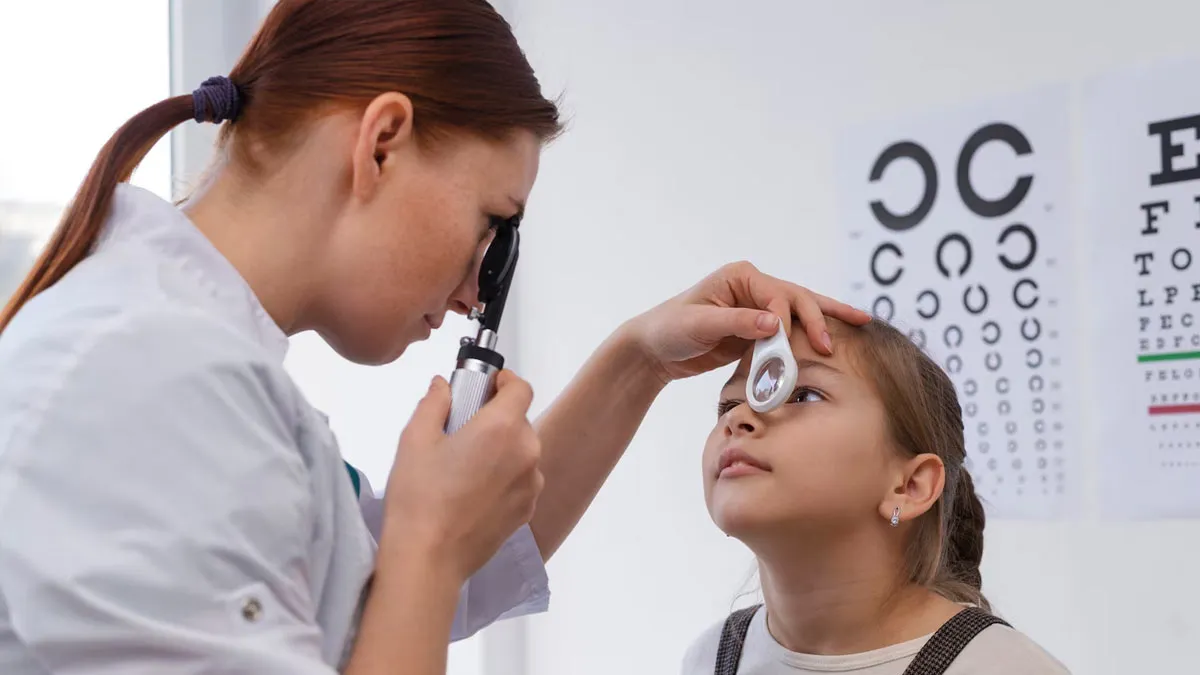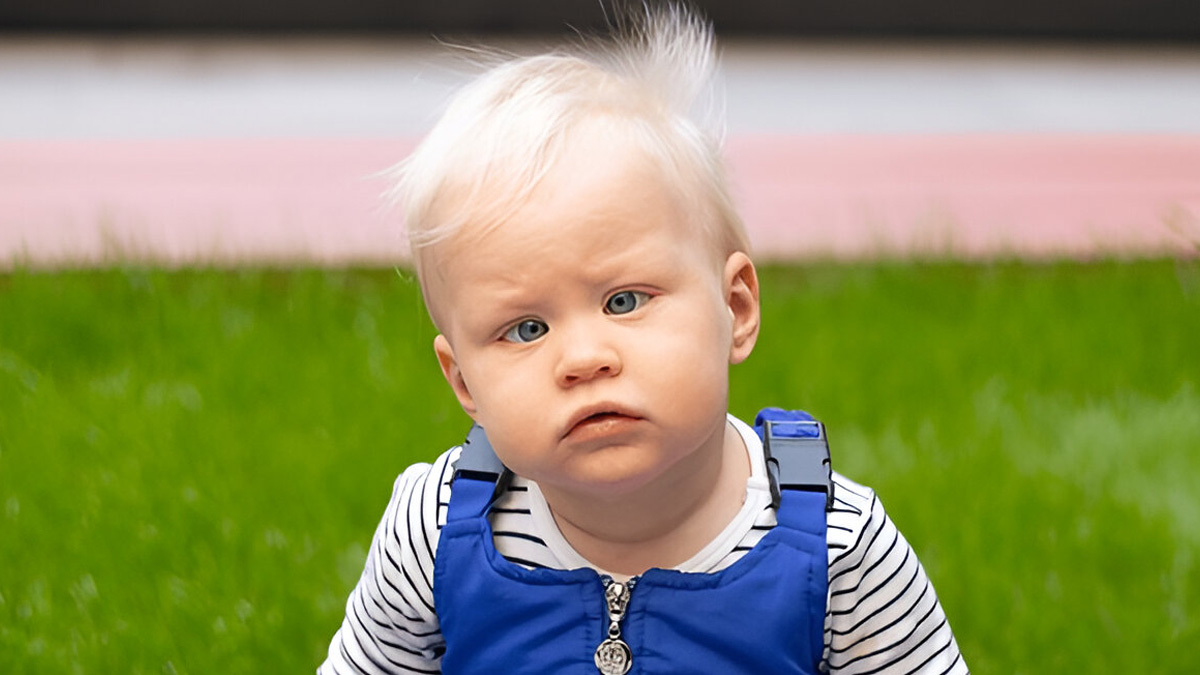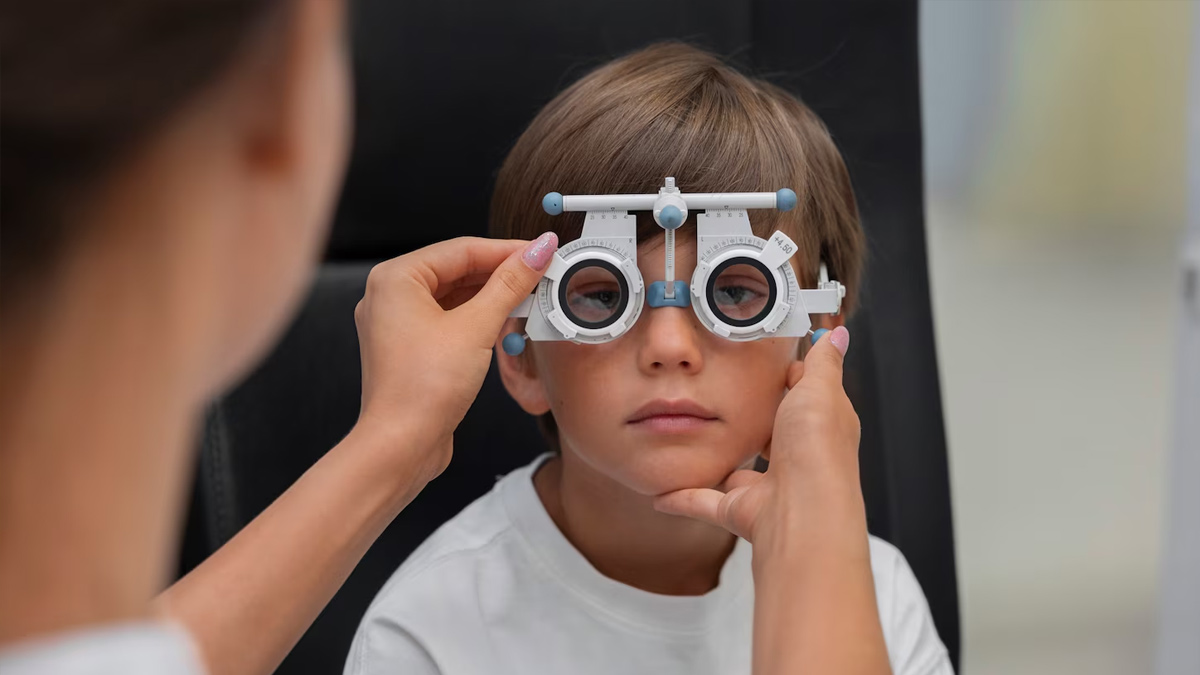
A child’s world is full of colors, stories, and new discoveries. But what if they aren’t seeing things as clearly as they should? Eye problems, such as lazy eye or crossed eyes often go unnoticed because kids don’t always know something is wrong. Blurred or double vision, for them, becomes normal. Such problems may be minor at the start but end up influencing learning, playtime, and even self-confidence. The parents must, therefore, be aware of the symptoms in advance, since healthy eyes ensure an improved, happier childhood.
Table of Content:-
What are Paediatric Eye Disorders?
“Paediatric eye disorders are conditions that affect vision during the crucial years of development. Vision is often overlooked until the obvious problem arises. Unlike adults, children may not realise or express that something is wrong with their eyesight. This makes parental awareness and early screening vital,” said Dr Priyanka Singh (MBBS, MS, DNB, FAICO), Consultant & Eye Surgeon, Neytra Eye Centre, New Delhi.
Some of the most common disorders include:

- Lazy Eye (Amblyopia): When one eye is weaker than the other, the brain starts favouring the stronger eye, gradually ‘switching off’ the vision for the weaker one.
- Cross Eyes (Strabismus): Where eyes are misaligned, pointing in different directions inward, outward, upward, or downward.
- Refractive errors: Problems like nearsightedness (myopia), farsightedness (hypermetropia), which are increasingly common in Indian school children.
- Congenital Cataract: A clouding of the lens present at birth, which can severely block normal vision if left untreated.
- Droopy eyelids (Ptosis): Drooping of the upper eyelid that may obstruct sight in infants.
- Retinopathy of prematurity (ROP): A serious disorder affecting premature babies where abnormal blood vessels grow in the retina, potentially leading to blindness.
According to a 2024 study, myopia affects more than 50% of Chinese children and adolescents, while strabismus occurs in 1.19% to 5.65% of children (2–6), and ptosis is observed in approximately 0.18% to 1.41% of the paediatric population.
Also Read: What Are The Most Prevalent Eye Disorders In India? Doctor Lists Four Eye Diseases
Why Early Detection Matters?

“Children will not complain about poor eyesight because they feel what they see is normal. A child with a lazy eye disorder may never know one eye is weaker. Similarly, a child with crossed eyes may simply tilt their head or close one eye to see better, and these subtle signs can be missed unless parents or doctors intervene,” said Dr Singh.
Uncorrected vision disorders may influence more than eyesight. It can influence academic performance, sports performance, social interaction, and even self-esteem.Early detection of these conditions dramatically increases the possibility of successful treatment.
Warning Signs Parents Should Watch For
Each child has his or her own method of discovering the world, but sometimes their little routines might be quite indicators that their eyes require special attention. If you observe your child frequently rubbing eyes, blinking excessively, tilting their head, covering an eye while attempting to see, squinting and holding objects very close, it can indicate a problem. It might be their way of communicating that they are not seeing well. Eyes that are seemingly crossed or drifting outward should not be ignored.
Even subtle changes, such as struggling in school, avoiding reading, or showing less interest in play that requires focus, can be connected to vision problems. Sensitivity to bright light or eyes that water frequently are also gentle reminders that something might be wrong.
Also Read: Types Of Colour Blindness And How Someone With The Condition Can Manage It
Treatment Options
The reassuring news for parents is that the majority of eye disorders in children can be treated successfully, particularly if they are detected early. "Spectacles or contact lenses can make things clear once more, while patching treatment can strengthen a weaker eye. Easy eye exercises can assist with the ability to focus and coordinate, and safe operations can repair defects, such as crossed eyes or cataracts," advised Dr Singh.
A Message for Parents
Dr Singh emphasises, “Regular eye checkups, especially before school begins, are as important as vaccination or dental visits. The earlier an eye problem is detected, the simpler and more effective the treatment is. This National Child Eye Safety Month, let us remind ourselves that healthy eyes mean a brighter future.”
Also watch this video
How we keep this article up to date:
We work with experts and keep a close eye on the latest in health and wellness. Whenever there is a new research or helpful information, we update our articles with accurate and useful advice.
Current Version